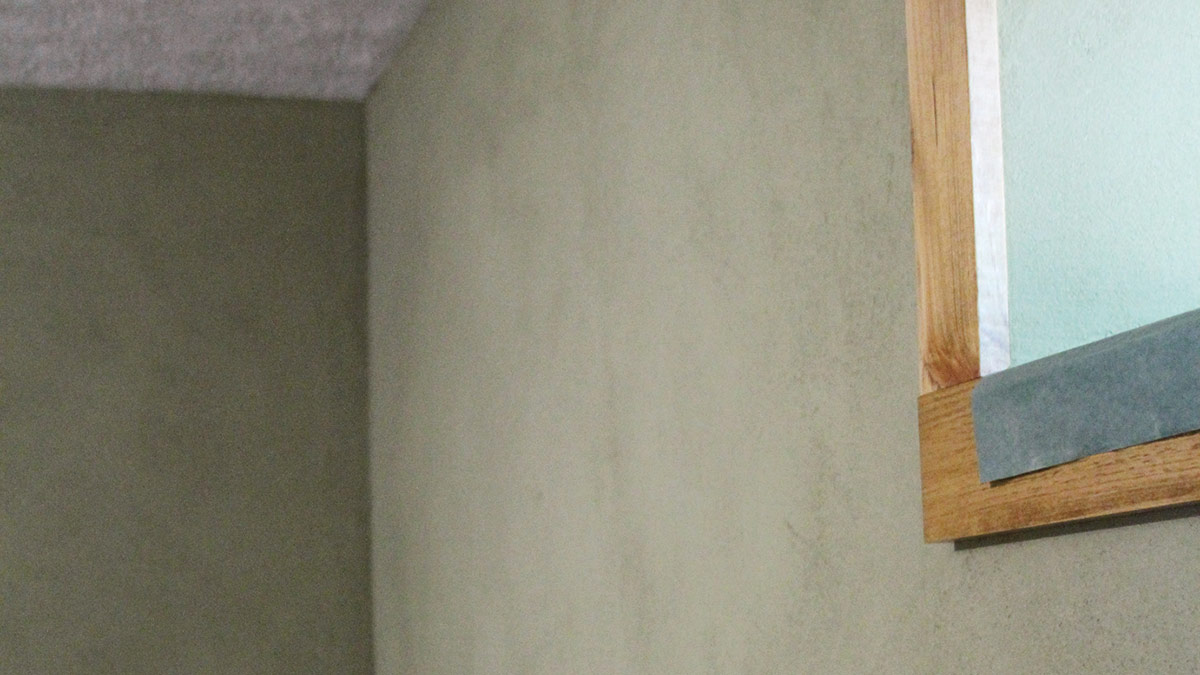Craftsmanship endures in the details, and Plaster Finishing remains a timeless way to restore character to interiors. Traditional methods preserve texture, depth, and visual strength that modern shortcuts often lose. These techniques reveal the personality of a wall, layer by layer. Done correctly, they bring architectural heritage back to life with care and precision.
Foundations Make The Difference
Surface preparation is essential for effective plaster work and long-term durability.
- Remove dust and loose particles
- Assess wall for cracks or movement
- Apply bonding agent if surface is dry
- Level base to reduce material waste
- Let each coat set completely
Strong foundations mean fewer corrections later. Plaster sits better, bonds stronger, and offers cleaner results when the groundwork is properly handled.
Layering For Surface Depth
Multiple coats allow the texture to build with structure and control.
- Apply first coat to anchor the finish
- Scratch surface to improve bonding layer
- Use second coat for smoothing shape
- Final layer defines texture and tone
- Allow each coat to dry fully
Each layer has its role. The process is progressive, not rushed, and each step contributes to the visual depth that gives plaster its unique surface character.
Tools Shape The Result

The right tools help achieve both sharpness and subtlety.
- Trowels form even, fluid surfaces
- Floats refine shape and alignment
- Edgers give corners precise detail
- Sponges soften transitions gently
- Brushes help create visual variation
Tools guide the craftsman’s control. The marks they leave behind are intentional and purposeful, giving a layered finish that stands out while remaining refined. This is where Plaster Finishing separates skilled work from standard application.
Drying Time Affects Quality
Timing plays a large role in final surface outcome.
- Avoid rushing between coat applications
- Check wall for cool damp spots
- Let coats breathe in shaded space
- Prevent forced drying with external heat
- Monitor humidity and air movement
Drying sets the pace. It must be respected if detail is to hold its place. A rushed job can lead to cracks, inconsistencies, or fading texture clarity over time.
Is It Suitable For Modern Interiors?
Yes. Classic techniques complement both historic and modern spaces.
Plaster finishes add depth and authenticity to new builds and renovations alike. Their tactile quality blends easily with minimalist, rustic, or refined interiors depending on execution.
Keeping The Craft Alive
Preserving traditional finishes is more than technique. It’s a commitment to detail. Each surface tells a story, and every skilled stroke of the tool captures it. When handled with intention, plaster returns warmth, texture, and personality to spaces that deserve more than flat surfaces. It reconnects buildings to their structural language and the hands that shaped them.

